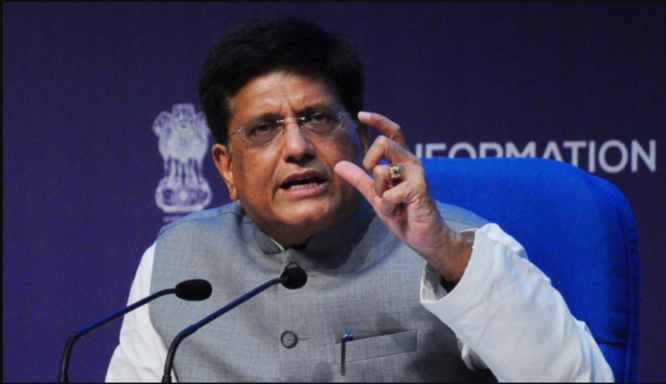On Wednesday, the Union Cabinet gave its approval for a hike in the Minimum Support Price (MSP) for Kharif crops for the marketing season of 2023-2024.
“This move is to ensure remunerative prices to growers for their produce and to encourage crop diversification,” Union minister Piyush Goyal said while addressing a news conference. “This move is to ensure remunerative prices to growers for their produce.”
“Overall kharif crops is estimated to be 330 million tonnes during this year compared to 285 million tonnes in 2018-19,” he added. “This year’s kharif crops are expected to be harvested at a higher rate.”
Kharif crop MSP has been raised
According to Goyal, the minimum support price (MSP) of the common grade variety of paddy has increased by Rs 143, going from Rs 2,040 in the previous crop year to Rs 2,183 per quintal for the 2023-24 crop year.

The minimum support price (MSP) for moong increased by 10.4 percent to reach Rs 8,558 per quintal for the crop year 2023-2023, up from Rs 7,755 per quintal in the previous crop year.
In the case of many other pulses, the MSP has been raised by 6–7%. When it comes to cotton crops, the rise in MSP ranges from 8.9% to 10% depending on the grades. In the previous four years, there has been a 25% growth in the output of pulses, while oilseed production has increased by 30%,” Goyal stated.
According to the Centre, the rise in MSP for Kharif crops for the marketing season is in keeping with the Union Budget 2018-19 announcement of fixing the MSP at a level of at least 1.5 times of the All-India weighted average Cost of Production, “aiming at reasonably fair remuneration for the farmers.”
The Union Budget 2018-19 announced that the MSP will be fixed at a level of at least 1.5 times of the All-India weighted average Cost of Production.
“The expected margin to farmers over their cost of production are estimated to be highest in the case of bajra (82%) followed by tur (58%), soybean (52%) and urad (51%).”
“The expected margin to farmers over their cost of production are estimated to be highest in the case of bajra.” According to a statement released by the Center, “for the rest of the crops, margin to farmers over their cost of production is estimated to be at least 50 percent.”




